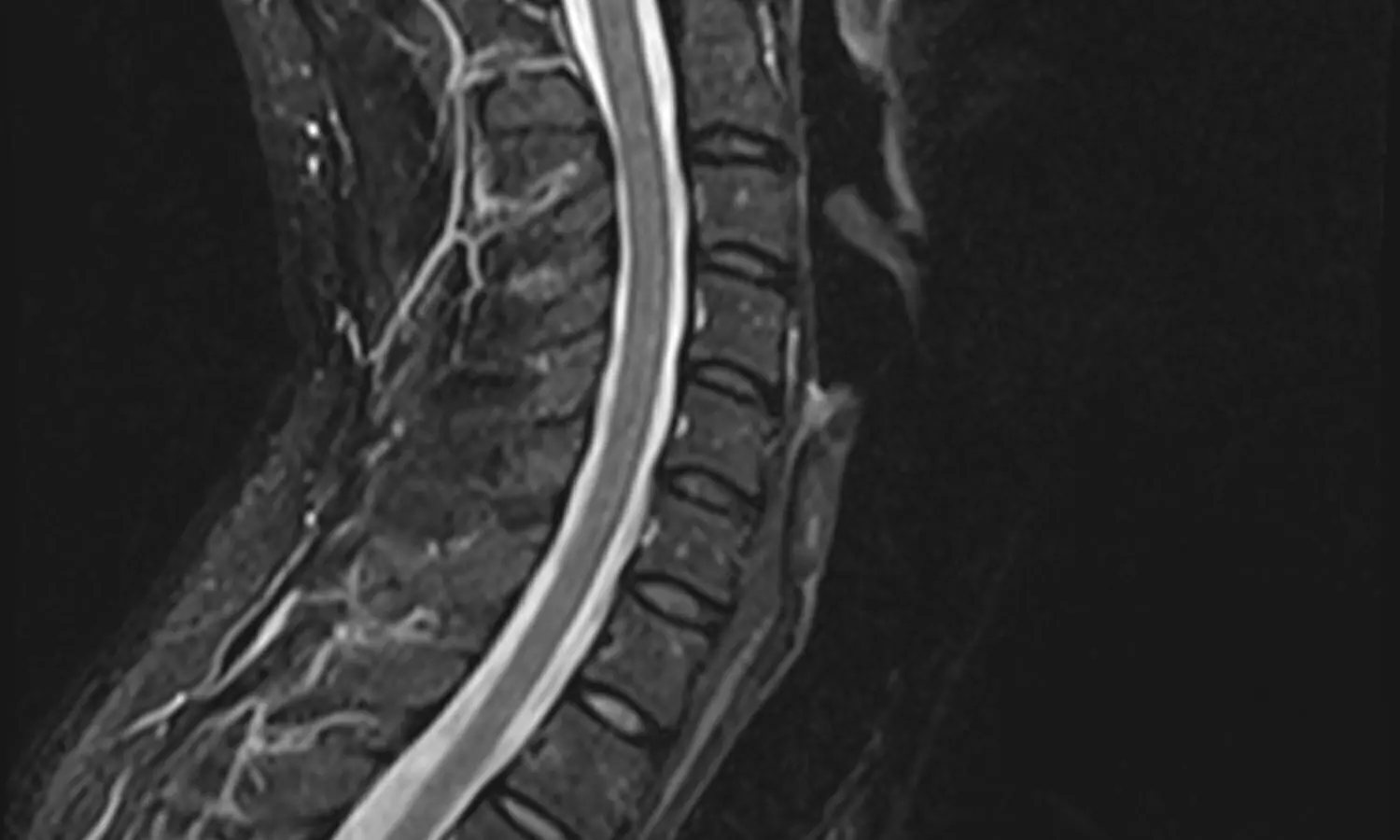- Home
- Medical news & Guidelines
- Anesthesiology
- Cardiology and CTVS
- Critical Care
- Dentistry
- Dermatology
- Diabetes and Endocrinology
- ENT
- Gastroenterology
- Medicine
- Nephrology
- Neurology
- Obstretics-Gynaecology
- Oncology
- Ophthalmology
- Orthopaedics
- Pediatrics-Neonatology
- Psychiatry
- Pulmonology
- Radiology
- Surgery
- Urology
- Laboratory Medicine
- Diet
- Nursing
- Paramedical
- Physiotherapy
- Health news
- Fact Check
- Bone Health Fact Check
- Brain Health Fact Check
- Cancer Related Fact Check
- Child Care Fact Check
- Dental and oral health fact check
- Diabetes and metabolic health fact check
- Diet and Nutrition Fact Check
- Eye and ENT Care Fact Check
- Fitness fact check
- Gut health fact check
- Heart health fact check
- Kidney health fact check
- Medical education fact check
- Men's health fact check
- Respiratory fact check
- Skin and hair care fact check
- Vaccine and Immunization fact check
- Women's health fact check
- AYUSH
- State News
- Andaman and Nicobar Islands
- Andhra Pradesh
- Arunachal Pradesh
- Assam
- Bihar
- Chandigarh
- Chattisgarh
- Dadra and Nagar Haveli
- Daman and Diu
- Delhi
- Goa
- Gujarat
- Haryana
- Himachal Pradesh
- Jammu & Kashmir
- Jharkhand
- Karnataka
- Kerala
- Ladakh
- Lakshadweep
- Madhya Pradesh
- Maharashtra
- Manipur
- Meghalaya
- Mizoram
- Nagaland
- Odisha
- Puducherry
- Punjab
- Rajasthan
- Sikkim
- Tamil Nadu
- Telangana
- Tripura
- Uttar Pradesh
- Uttrakhand
- West Bengal
- Medical Education
- Industry
A new spin on MRI may allow for new medical diagnostics

Tsukuba, Japan - Scientists at the University of Tsukuba demonstrated how conventional magnetic resonance imaging (MRI) machines can be retrofitted to detect sodium ions using a cross band radio-frequency repeater. This work may allow for new medical diagnostics to be performed without expensive new equipment.
Magnetic resonance imaging has become a crucial part of the medical toolkit for non-invasive visualization of internal organs. MRI machines operate by placing the patient in a very strong magnetic field, which will cause the nuclear spins of atoms in the body to align in the same direction, essentially acting like tiny magnets. Then, a radio-frequency (RF) signal of a very specific frequency is applied, which has the ability to flip the direction of the spins. When the nuclei relax back to their original aligned state, the precession of these spins about the magnet field direction can be measured by RF detector coils to determine the concentration of that particular atom. The majority of MRI machines in use today are optimized to look for the presence of hydrogen (1H) nuclei, which are naturally abundant in the body as a component of water molecules. Retrofitting such a machine for detecting other isotopes, like sodium-23 23Na, would require a great deal of expensive hardware upgrades.
Now, a team of researchers at the University of Tsukuba have demonstrated a proof-of-concept method for equipping a conventional MRI machine with the capability to image 23Na by installing a cross band RF repeater system. This is a device that receives signals at a certain frequency and rebroadcast at a different one. "The RF repeater, which is a commonly used device in amateur radio, can be placed directly inside the magnet bore of an existing MRI machine as a cost-effective upgrade," explains author Professor Yasuhiko Terada. This allows the frequency produced by 23Na, which is around 17 MHz, to be detected by the coils tuned at the 64 MHz of MRI.
The research team tested the system with a saline "phantom" and an anesthetized mouse. Even though the resulting signal was much lower compared with custom-built 23Na machines, it could be amplified to produce comparable images. "Watching the motion of sodium ions inside the body provides detailed metabolic information not available from conventional MRI images," Professor Terada says. 23Na imaging has already been shown to be useful for applications involving the kidney, owing to its large sodium concentration, as well as the brain and heart. This approach may substantially reduce health care costs by providing completely new abilities to existing machines without requiring a complete refurbishment.
The work is published in Magnetic Resonance in Medical Sciences as "Development of an add-on 23Na-MRI radiofrequency platform for a 1H-MRI system using a crossband repeater: proof-of-concept" (DOI:10.2463/mrms.tn.2021-0094).
https://www.jstage.jst.go.jp/article/mrms/advpub/0/advpub_tn.2021-0094/_article
Hina Zahid Joined Medical Dialogue in 2017 with a passion to work as a Reporter. She coordinates with various national and international journals and association and covers all the stories related to Medical guidelines, Medical Journals, rare medical surgeries as well as all the updates in the medical field. Email: editorial@medicaldialogues.in. Contact no. 011-43720751
Dr Kamal Kant Kohli-MBBS, DTCD- a chest specialist with more than 30 years of practice and a flair for writing clinical articles, Dr Kamal Kant Kohli joined Medical Dialogues as a Chief Editor of Medical News. Besides writing articles, as an editor, he proofreads and verifies all the medical content published on Medical Dialogues including those coming from journals, studies,medical conferences,guidelines etc. Email: drkohli@medicaldialogues.in. Contact no. 011-43720751


